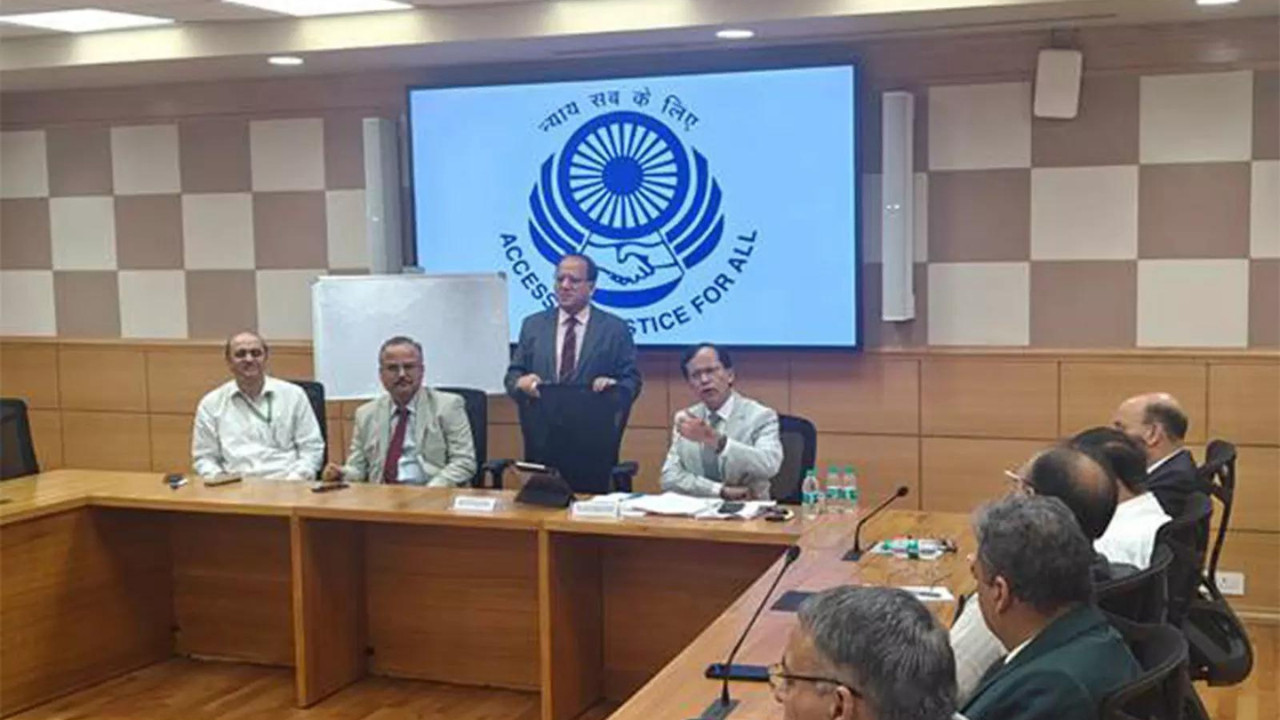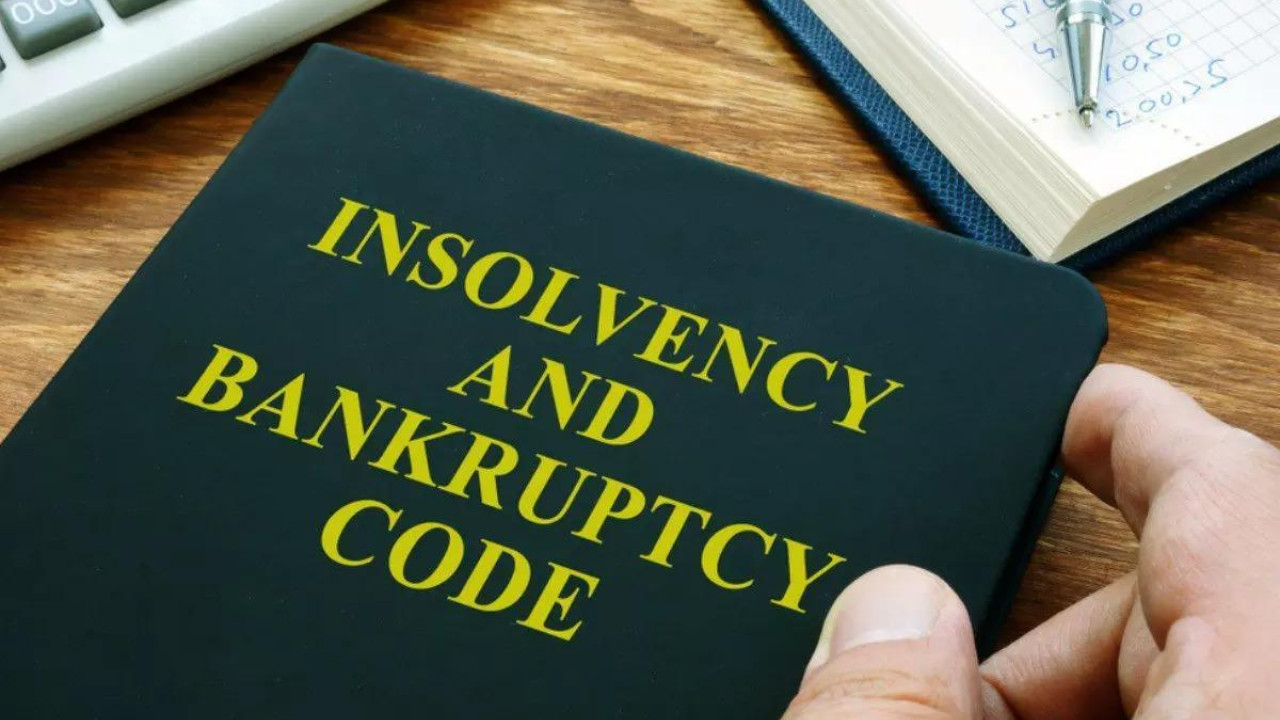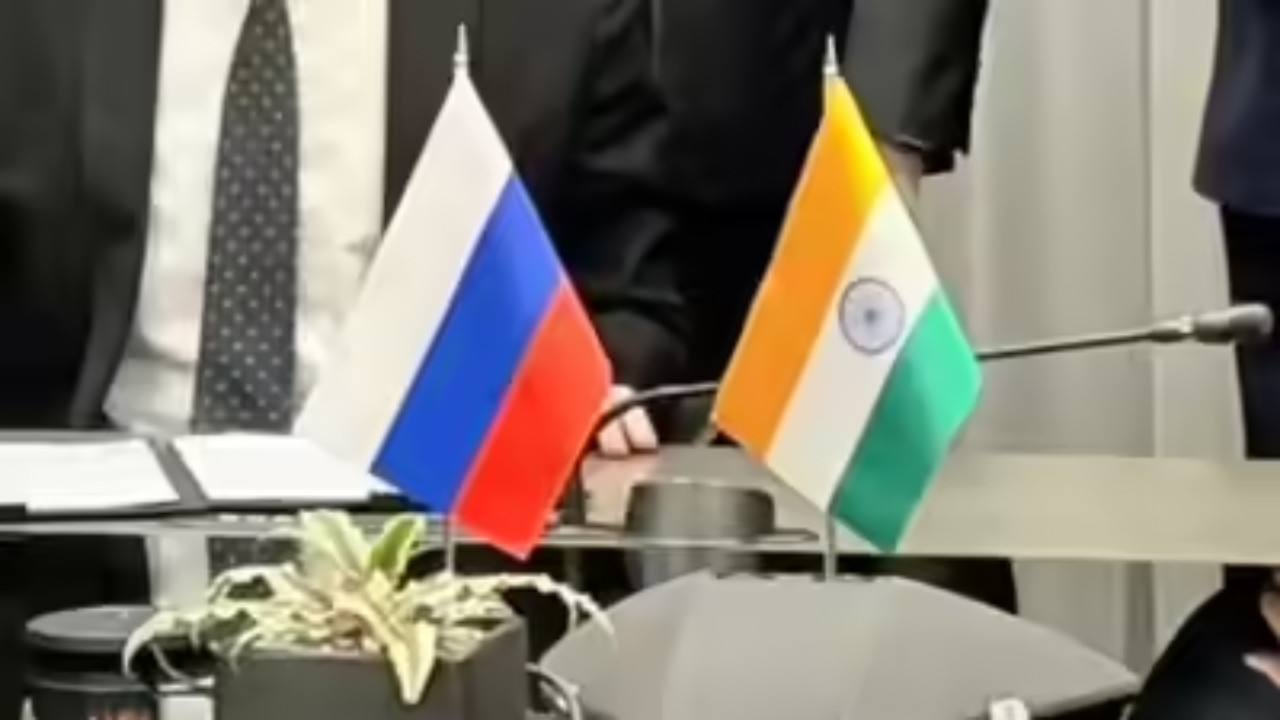The Department of Financial Services, with the Supreme Court’s MCPC, recently conducted a 40-hour mediation training for DRT officers and public sector bank executives. Held in September, the programme highlighted alternative dispute resolution’s growing importance in the financial sector. Participants learned mediation fundamentals, negotiation, and dispute resolution techniques under RDB and SARFAESI Acts, receiving widespread appreciation for the initiative.
Sharpening Swords: DRT Officers Get Mediation Training to Tackle Financial Disputes
Imagine the courtroom drama of a financial dispute: high stakes, complex jargon, and emotions running high. Now picture a calmer space, where, instead of adversarial combat, both sides work toward a mutually acceptable solution. This shift is precisely what India’s financial sector is aiming for, by equipping Debt Recovery Tribunal (DRT) officers with enhanced mediation skills. The goal? To resolve disputes faster, more efficiently, and with less stress for everyone involved.
The Department of Financial Services (DFS), in collaboration with a Supreme Court panel, is spearheading a nationwide initiative to provide specialized mediation training to DRT officers. This program acknowledges a simple yet profound truth: sometimes, the best way to resolve a conflict isn’t through brute force, but through understanding and compromise.
Why the sudden emphasis on mediation within the DRT framework? The answer lies in the sheer volume of financial disputes clogging the system. Courts are overburdened, and traditional litigation can be a slow, costly, and emotionally draining process. Mediation offers a compelling alternative, providing a quicker and more amicable route to resolution. It empowers parties to take control of the outcome, rather than leaving it entirely in the hands of a judge.
The training programs are meticulously designed, focusing on equipping officers with the practical skills needed to facilitate productive mediation sessions. Participants delve into the art of active listening, learn to identify underlying interests and needs, and master techniques for bridging divides and finding common ground. The curriculum is rigorous, interactive, and tailored to the specific challenges encountered in financial disputes. It covers key aspects like negotiation strategies, conflict resolution techniques, and the legal framework governing mediation in India.

Beyond the immediate benefits of faster dispute resolution, the emphasis on mediation is expected to have a ripple effect throughout the financial ecosystem. Reduced litigation costs translate to increased profitability for banks and financial institutions. Borrowers benefit from a more humane and less stressful resolution process. The overall effect is a more stable and efficient financial market, fostering greater confidence and trust. This emphasis on Alternative Dispute Resolution (ADR) methods, like mediation, marks a crucial step in modernizing India’s financial infrastructure.
This isn’t just about ticking boxes on a regulatory checklist; it’s about fostering a culture of collaboration and problem-solving within the financial sector. The initiative aims to fundamentally change the way financial disputes are handled, moving away from adversarial confrontations and towards constructive dialogue. By empowering DRT officers with the skills to act as impartial facilitators, the program seeks to create a more equitable and efficient system for all stakeholders.
Furthermore, the involvement of a Supreme Court panel underscores the significance of this initiative at the highest levels of the judiciary. Their expertise and guidance ensure that the training programs are aligned with best practices and that the mediation process adheres to the principles of fairness and transparency.
This initiative builds upon other efforts to streamline dispute resolution in India. For instance, increased funding and resources are also being directed toward improving the efficiency of Lok Adalats, another form of ADR focused on amicable settlements.
The impact of this mediation training initiative will be closely monitored in the coming years. Success will be measured not only by the number of cases resolved through mediation, but also by the overall improvement in the efficiency and stability of the financial sector. It’s a bold step towards creating a more user-friendly and accessible system for resolving financial disagreements. It may well serve as a model for other sectors seeking to alleviate the burdens of traditional litigation.
In conclusion, the initiative to train DRT officers in mediation is a strategic move to address the challenges of financial dispute resolution. By equipping officers with the necessary skills and fostering a culture of collaboration, this program promises to create a more efficient, equitable, and stable financial ecosystem for all.







